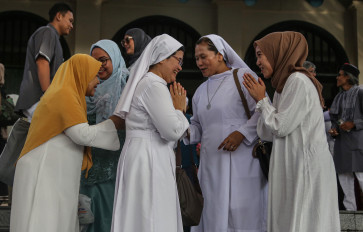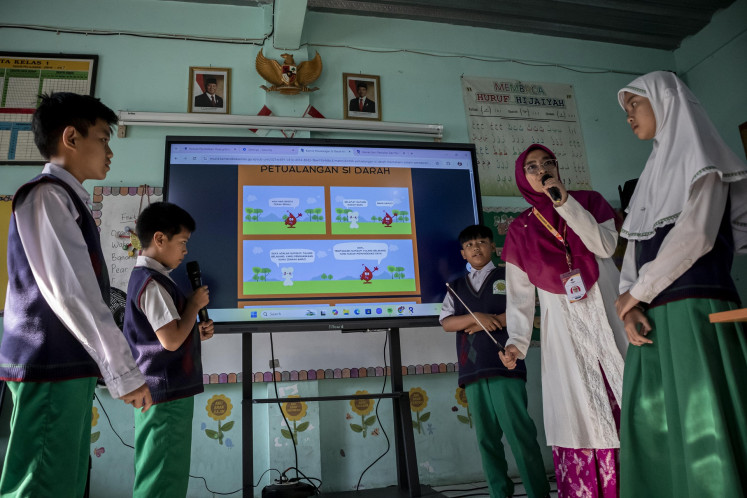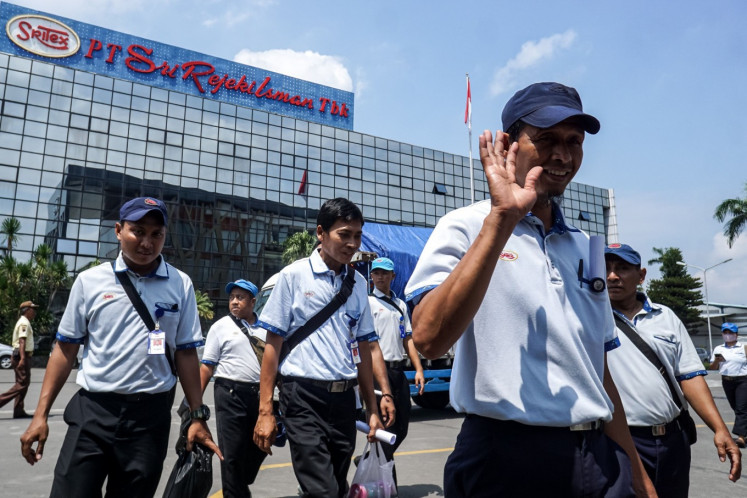To support births, Beijing adds fertility services to insurance coverage
Change text size
Gift Premium Articles
to Anyone

B
eijing will include more than a dozen fertility services in a government-backed medical insurance scheme for the Chinese capital, state media reported on Monday, supporting those seeking to have babies with China's birth rate at a record low.
A total of 16 medical services using assisted reproductive technologies (ART) will be covered by the city's state insurance effective from March 26, in a move to "take proactive fertility support measures", according to the Beijing Daily.
The new reproductive coverage could help lower out-of-pocket costs and benefit couples in lower-income brackets seeking to have babies and those with little or no access to private medical insurance.
Official data showed China's birth rate dropped to a record low in 2021, extending a downward trend that led the national government last year to begin allowing couples to have up to three children.
China will work towards achieving an "appropriate" birth rate, Premier Li Keqiang said at the start of the annual parliamentary meeting in March last year.
China faces what experts call a "demographic time-bomb" as its elderly population increases while its workforce gets smaller due to decreasing births, partly due to a one-child policy in place for about four decades before being scrapped in 2016.
China will raise the statutory retirement age "in a phased manner", Li said last year.
The eastern province of Jiangsu said last month that starting from March, employees eligible for state pensions will be able to apply for delayed retirement for no less than one year from the statutory retirement age.
Mainland China’s birth rate dropped to a record low in 2021, data showed last month, extending a downward trend that led Beijing last year to begin allowing couples to have up to three children.
China scrapped its decades-old one-child policy in 2016, replacing it with a two-child limit to try to avoid the economic risks from a rapidly aging population, but the high cost of urban living has deterred couples from having more children.
The 2021 rate of 7.52 births per 1,000 people was the lowest since 1949, when the National Statistics Bureau began collating the data, adding further pressure on officials to encourage more births.
The natural growth rate of China’s population, which excludes migration, was only 0.034% for 2021, the lowest since 1960, according to the data.
In addition to allowing couples to have three children, China has been adopting policies aimed at reducing the financial burden of raising children, including banning for-profit after-school tuition, a massive industry, last year.
China’s working-age population is already declining, which will add pressure on the country’s ability to pay and care for an increasingly elderly country.
There were 10.62 million births in 2021, the data showed, compared with 12 million in 2020.
Huang Wenzheng, a demography expert with the Beijing-based Center for China and Globalization, said birth numbers are likely to fluctuate in the 10 million range before declining further in the absence of more policy changes.
“But policies will provide greater support for the birth rate in the longer run,” Huang said.
“Career advancements could be tied to whether you have children or not; economic incentives; or even direct cash payouts by society to meet the cost of raising a family.”
The birth rate in 2020 was 8.52 births per 1,000 people.









